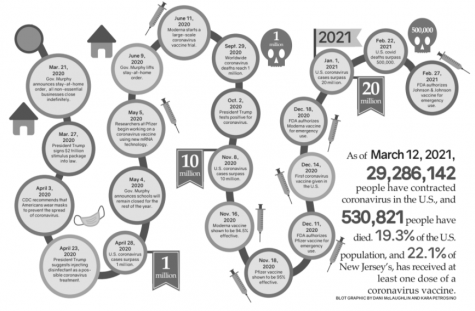Sex ed deserves national standard
February 15, 2017
The Netherlands introduces sexual education for kids as young as age 4. Denmark has a “Spring Fever” week for kindergarteners to be introduced to sex ed policies.
The United States mandates sex and HIV education in only 21 of the 50 states, most of it introduced in middle and high school education.
Sense some disparity?
The relatively late introduction of sex ed into American children’s public education could be part of the reason why the United States has a higher teen birth rate than most developed countries, according to the U.S. Department of Health and Human Services. Not to mention, the United States has a teen abortion rate more than 1.5 times that of the Netherlands, as Advocates for Youth reports.
To lessen teen pregnancy rates, a comprehensive and inclusive sex education course should be required in every state, and should provide students with information that promotes sexual health, not just abstinence.
The Inkblot commends CHS and the state of New Jersey for their dedication to informative sexual education. Sex ed in New Jersey schools is required to include information about sexually transmitted diseases (STDs), contraception, healthy decision-making and sexual orientation, according to the Guttmacher Institute, a leading reproductive health research organization. At CHS, students even have the opportunity in class to listen to a representative from Planned Parenthood.
But students in other states aren’t as lucky. While abstinence must be included in the curricula of 37 states, only 19 states require instruction on contraception. Only 13 states require sexual orientation be included in sex ed, and in four states, only the negatives of homosexual activity can be taught.
In Utah specifically, students are not even allowed to ask questions during class that stray from the required curriculum topics, the Guttmacher Institute reports.
Texas, Arkansas, Louisiana and Oklahoma don’t require sex ed at all, reports the National Campaign to Prevent Teen and Unplanned Pregnancy. Keep in mind these states rank as four of the top five states with the highest teen births per 1,000 girls ages 15 to 19.
On top of the lack of nationwide sex education, the majority of the curricula follow an abstinence-only approach. While many parents and institutions like The National Abstinence Education Association (NAEA) believe an abstinence-only approach is the only option, it’s leaving teens uninformed.
With 46 percent of American high school students and 62 percent of high school seniors having had sex, getting all youth to practice abstinence is simply unrealistic.
Not only does abstinence-only education leave teens uninformed, it simply does not work. Teens who received “comprehensive sex education were 60 percent less likely to get pregnant than someone who received abstinence-only education,” according to a 2008 study by author Pamela Kohler at the University of Washington in Seattle.
Sex education should do just that: educate. It should educate teens fully on the risks involved with sexual activity, but also promote safe sex through contraception.
Every state needs a comprehensive sex ed program that provides students with a full and sufficient education on topics from contraceptive use to sexual orientation, plus provide answers to whatever questions students want answered.
Sex ed should be just like every other subject taught in high school: it should be informational – provoking thoughtful conversation and answering students’ questions completely.
After all, sex education may have more of a real-world application than solving trigonometric identities or memorizing vocabulary words.








